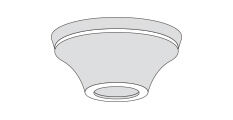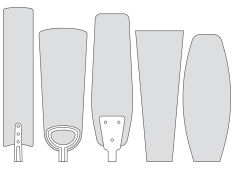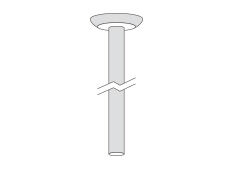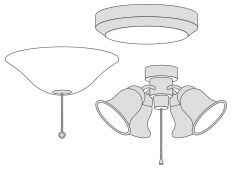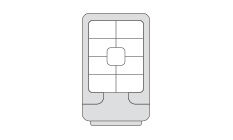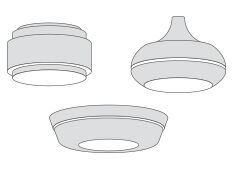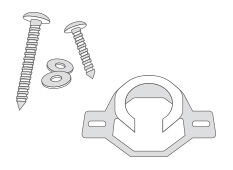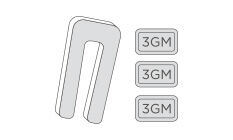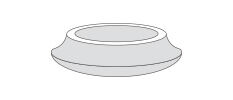DNA of a Fan
For fan newbies and ambitious people who read all of the instructions before putting stuff together, learn about the key components of a ceiling fan and how they work.
Note: Fan parts may look slightly different based on the exact model of your fan.
Have questions or need assistance?
Speak to a Lighting Expert today at 866.344.3875, and begin your customized lighting and fan project with world-class service!
You’ll be proud of the space you create. Guaranteed.
